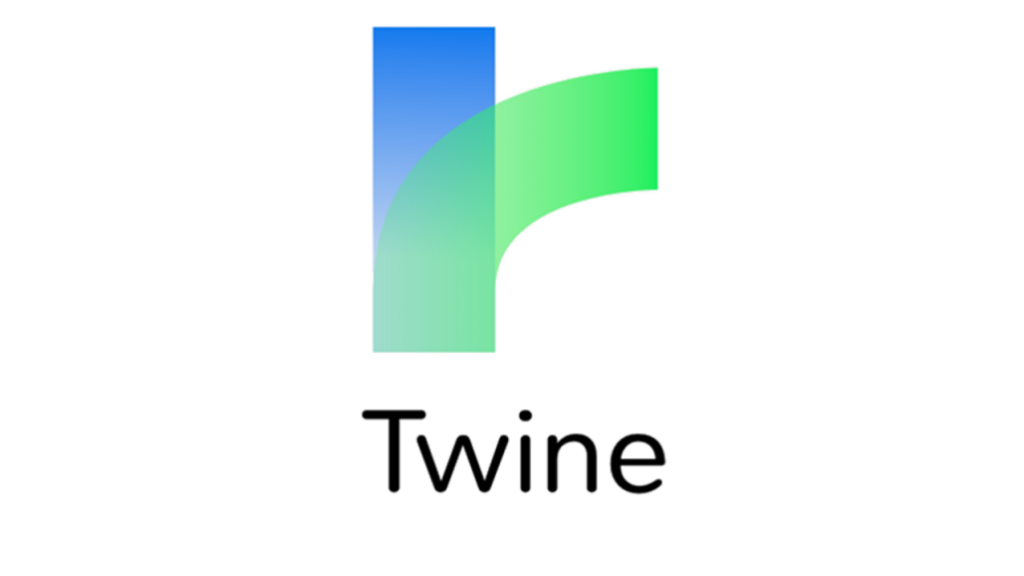
This week’s activity was to make a simple interactive story with Twine. I started exploring twine to accustom myself. Twine is an open-source framework for telling interactive, nonlinear stories. People read content and then interact by clicking links in the text [1].
I have created a simple interactive story about a rainy day and whether to go to school or stay home and watch Netflix.
Please see my story by clicking here
“What are the game elements used in your interactive story using Twine? “
Some of the elements used in my interactive story using twice include:
- Narrative – The story starts with a student waking up on a cold and rainy day and asked to decide whether to go to school or not
- Immediate Feedback – The player receives feedback for each decision they make.
- Player Control –The result is entirely determined by the decisions made by the player.
“How would you build an activity for students that would have them use this tool? In what type of learning do you think Twine would be particularly effective?” “
I believe there are several activities that may be designed for students that would have them use twine. For example, you can discuss or teach a certain topic, such as Parkinson’s disease, and then invite students to undertake additional reading and research to understand more about the disease. They would then need to produce a narrative about their learning using twine. For example, they may make an interactive story about how to help someone living with the disease and how to deal with the disease’s many symptoms.
Twine, in my opinion, will be the most effective in teaching children to create digital stories since it is simple to learn and use and does not require coding skills. After that, as student confidence grows, it may be used to teach HTML, CSS, and Javascript. Twine enables users to easily shift from linking text units together to adding variables, conditional logic, HTML and CSS styles, and even scripts to create more complicated digital stories.
It was my first time utilizing a web application like twine, which enables you to build interactive, non-linear stories or activities, and I really like it. Because of this, I have used it for activities in other classes and will use it again in the future since it is so helpful.
Hey Abdul,
I really enojyed your weekly post about the future of multimedia learning and the story you created on twine. I like how you mentioned how twine could be used as a stepping stone for coding. I too also believe that showing students how to interact with a tool such as twine would benefit them for understanding the concept of coding. Overall, I thoroughly enjoyed reading your blog post. The only reccomendation I would make is to perhaps add some photos to your twine story to make it more interactive with the user.
-Max
Hey Abdul!
Thanks for sharing your experience with Twine! Your Twine is definitely a story that I’m sure many UVIC students can relate to. I was wondering if you experienced any trouble while creating your story. Also, you mentioned that it would be a good tool for children, but do you think Twine could be appropriate for university students as well? Overall, I think this was a solid blog post!
Hi Sujean,
Thanks for your feedback. I think twine will be appropriate for university students as well because they can utilize it to create interactive activities for sure.
Abdul